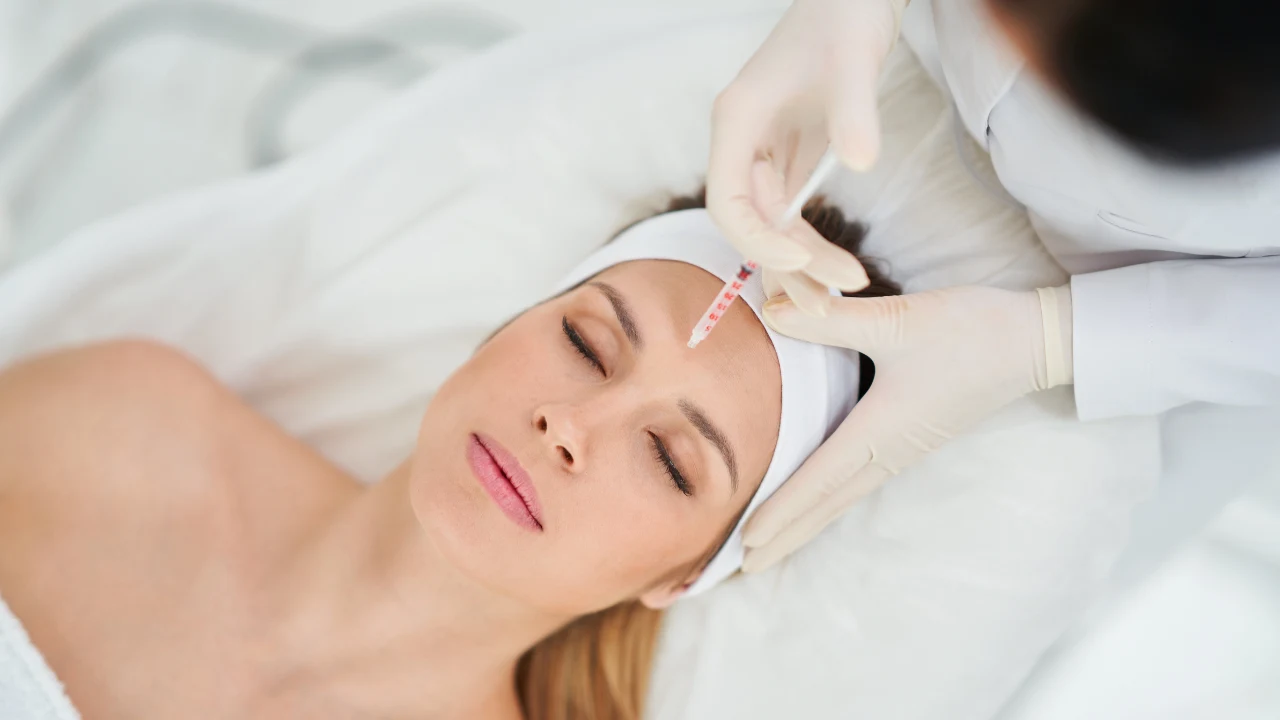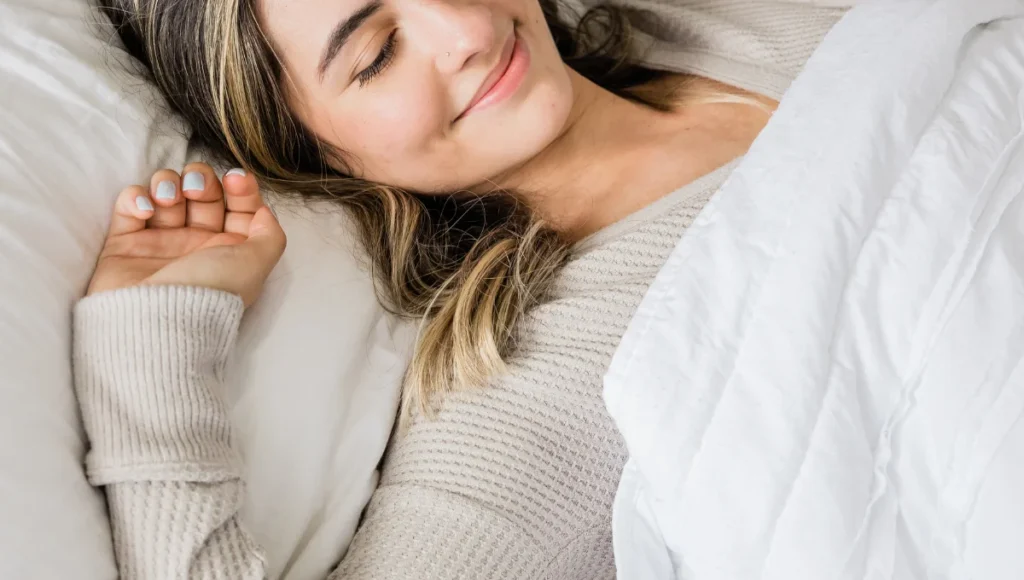Become an Aspen Aesthetics VIP
and receive $25 off any service!

So you just got Botox and are wondering how to catch those precious Zzzs? Don’t worry; getting a good night’s sleep after Botox is absolutely possible, and with a few simple and effective tips, you can ensure a comfortable and restful recovery.
First, let’s clear up a myth: you can sleep after Botox! The idea that Botox moves around if you lie down isn’t true. Once injected, it stays put, working its magic on those targeted muscles.
So, here’s a brief on how to sleep after Botox: If you’ve had Botox on your face, it’s crucial to sleep on your back for one night.
Why? Because the injections need time to settle into your muscles. Sleeping on your face might stop the injections from settling properly, which could mean less perfect results.
Let’s get into this topic further.
Before we get into sleeping tips, let’s quickly understand what Botox is. Botox is a popular cosmetic treatment that helps reduce the appearance of wrinkles by temporarily relaxing the muscles.
It’s commonly used on the forehead, around the eyes (crow’s feet), and between the eyebrows to achieve a smoother, more youthful look.

Wondering how to sleep after Botox? It’s crucial for good results! Avoid lying down flat for a few hours after the procedure. If you must lie down, prop up your head.
Also, try to stay upright and avoid short naps for at least four to six hours. It’s best to get Botox in the morning so you can sleep comfortably at night without worrying about how to do it!
Let’s get into the details of these aftercare tips:
For the first night, aim to sleep on your back. This allows the Botox to settle into the injected areas without any pressure or movement from your usual sleep position.

If sleeping on your back feels unnatural, that’s okay! Prop yourself up with extra pillows or a wedge pillow to elevate your head and keep it supported.
If your Botox appointment is earlier in the day, try to avoid lying down flat for at least 4 hours afterward. This gives the injections some extra time to settle in before sleep.
While sleeping, be mindful of any pressure on your face. Try not to rest your hands or arms on your face, as this can inadvertently apply pressure to the treated areas.
When adjusting your sleeping position or getting out of bed, be gentle with your movements. Also, avoid sudden or jerky motions that could potentially disrupt Botox and affect its results.
It’s normal to feel a bit apprehensive about sleeping after Botox, especially if it’s your first time. Remember that the effects of Botox take time to develop fully, so be patient and give your body the rest it needs to heal properly.

Let’s debunk some common sleeping-related myths that have emerged since Botox treatment.
Are you wondering, “How much is Botox in Edmonton?” Visit our insightful blog to learn.
Choose Aspen Aesthetics for your Botox treatment because we offer safe and effective solutions to smooth out fine lines and wrinkles, including crow’s feet, forehead wrinkles, and smile lines. Our expert team specializes in BOTOX® Cosmetic and Dysport®. It ensures natural and youthful results tailored to your needs.
With minimal downtime and results lasting 3-6 months, our 60-minute treatment provides convenience and long-lasting satisfaction. Trust our caring and friendly staff to guide you through the process, making you feel like part of our family.
Book your appointment today for the best Botox experience in Edmonton!
To sum it up, it’s super important to know how to sleep after Botox to get the best results. Follow these simple tips, like propping up your head or avoiding certain sleeping positions, to wake up feeling fresh and looking great. By doing this, you’ll make sure your Botox treatment works its magic and keeps you feeling youthful.
After Botox, avoid sleeping on your side for at least four hours. It prevents spreading and side effects.
Ideally, sleep on your back the first night after Botox. But if 8 hours have passed, sleeping on your side is likely okay.
Experts recommend avoiding sleeping on your stomach for at least the first night after Botox. To be extra cautious, wait 24 hours before sleeping on your stomach.
Don’t panic! While sleeping on your face isn’t ideal, the risk of Botox migration is low after a few hours. Call your doctor if you have any concerns.